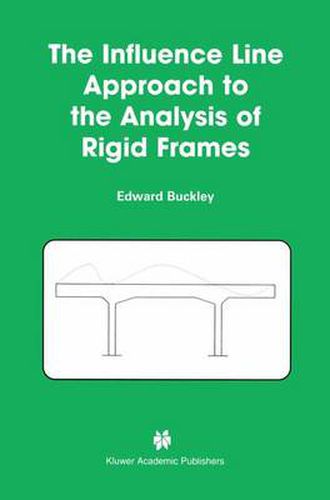Readings Newsletter
Become a Readings Member to make your shopping experience even easier.
Sign in or sign up for free!
You’re not far away from qualifying for FREE standard shipping within Australia
You’ve qualified for FREE standard shipping within Australia
The cart is loading…






This title is printed to order. This book may have been self-published. If so, we cannot guarantee the quality of the content. In the main most books will have gone through the editing process however some may not. We therefore suggest that you be aware of this before ordering this book. If in doubt check either the author or publisher’s details as we are unable to accept any returns unless they are faulty. Please contact us if you have any questions.
When graduates leave college to enter the design office they will have at their disposal computer programs to suit particular projects. Nevertheless, they should have a basic understanding of how a structure should be loaded to achieve maximum design criteria otherwise their understanding and use of programs will be limited. Codes of practice classify loadings depending on the type and proposed use of a structure and offer guides as to how loads should be positioned. Influence line diagrams are, however, the best indicators for placing loads on a structure especially a continuous structure irrespective ofwhether the loads are moving, as in the case of bridges, or static. They also show clearly the effects of the self weight ofthe structure in the design process. It is important that the more general applications of influence line diagrams be recognised rather than restricting their use to moving loads only. They also define the parameters within which many codes have been drafted.
$9.00 standard shipping within Australia
FREE standard shipping within Australia for orders over $100.00
Express & International shipping calculated at checkout
This title is printed to order. This book may have been self-published. If so, we cannot guarantee the quality of the content. In the main most books will have gone through the editing process however some may not. We therefore suggest that you be aware of this before ordering this book. If in doubt check either the author or publisher’s details as we are unable to accept any returns unless they are faulty. Please contact us if you have any questions.
When graduates leave college to enter the design office they will have at their disposal computer programs to suit particular projects. Nevertheless, they should have a basic understanding of how a structure should be loaded to achieve maximum design criteria otherwise their understanding and use of programs will be limited. Codes of practice classify loadings depending on the type and proposed use of a structure and offer guides as to how loads should be positioned. Influence line diagrams are, however, the best indicators for placing loads on a structure especially a continuous structure irrespective ofwhether the loads are moving, as in the case of bridges, or static. They also show clearly the effects of the self weight ofthe structure in the design process. It is important that the more general applications of influence line diagrams be recognised rather than restricting their use to moving loads only. They also define the parameters within which many codes have been drafted.